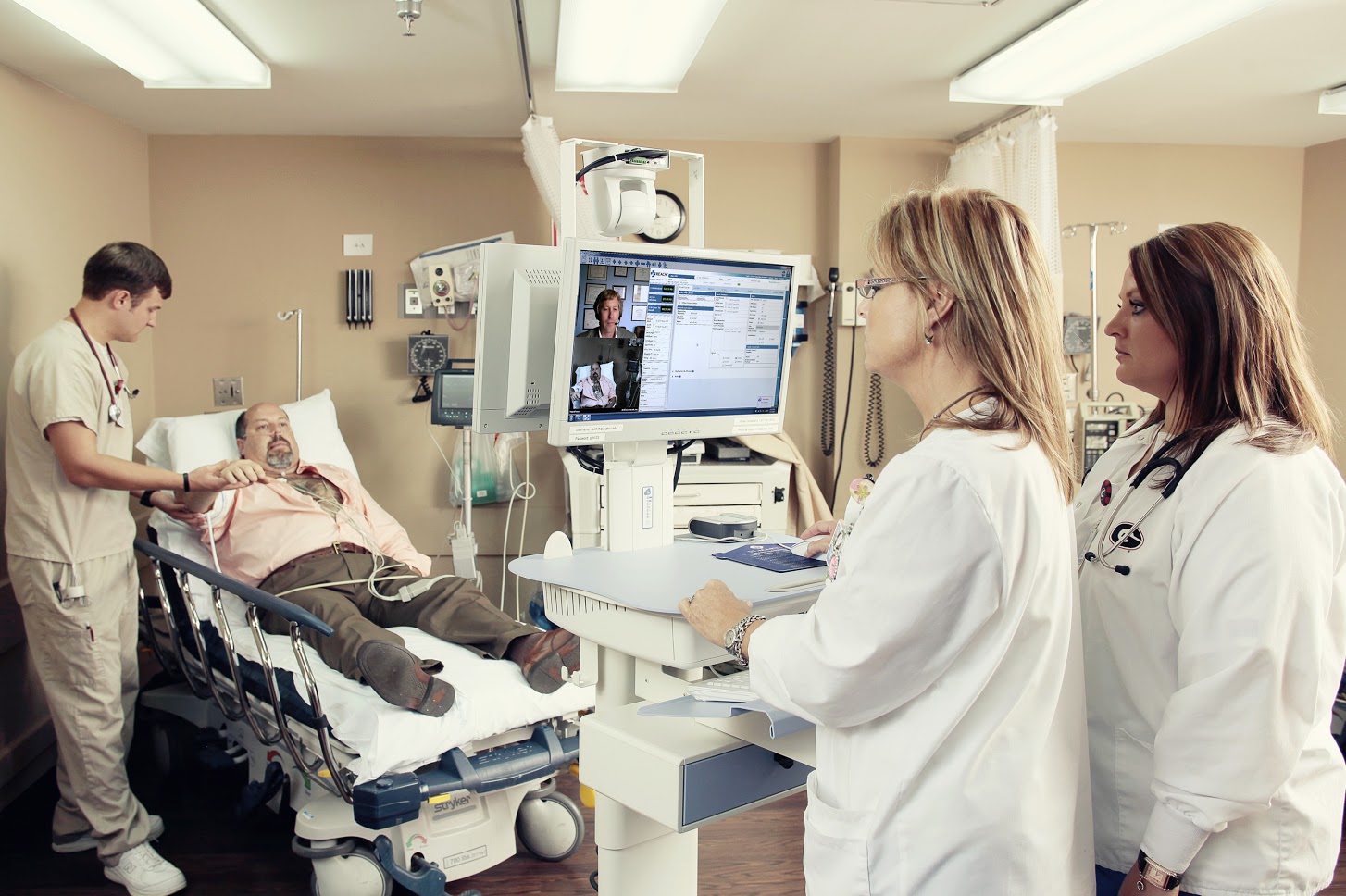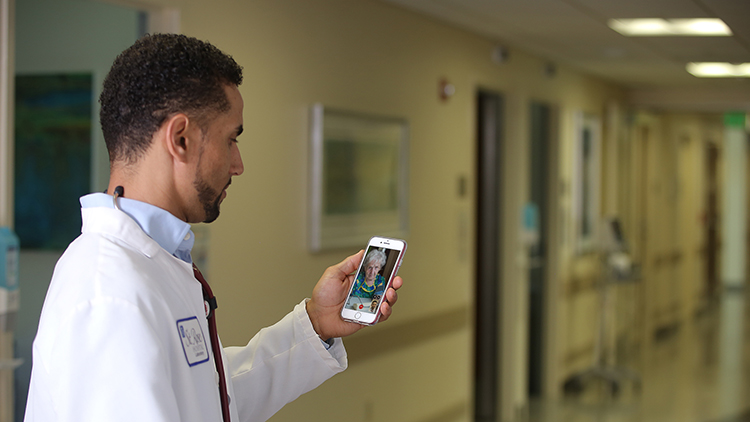2016 was a transformational year for telemedicine, with the conversation broadening from extending care to rural patients to creating an intelligent, continuous system of connected care. A first-of-its-kind study from Philips, in collaboration with UMass Memorial Medical Center, released in December 2016 found that the Philips eICU Program (Philips’ eCareManager solution for tele-ICU is powered by Vidyo) with centralized bed management control increased case volume by up to 44 percent — and improved contribution margins by up to 376 percent — or $37.7 million.

Telehealth is taking off, as it proves to be both clinician-friendly and overwhelmingly patient-friendly – in fact, according to a new survey from The Advisory Board Company, more than 75% of U.S. healthcare consumers welcome the idea of virtual visits with physicians.
Innovative telemedicine programs across the United States are being deployed using the Vidyo platform. In states such as South Carolina, for example, telemedicine is increasingly used to quickly and efficiently deliver quality care to more people who need it – regardless of whether they live in urban, suburban or rural communities. The Medical University of South Carolina (MUSC) uses Vidyo-powered telehealth across the patient journey to make access to high-quality care more connected and inclusive; MUSC leverages its investment in the Epic electronic health records system (EHR), with Vidyo deeply integrated, to make telemedicine a natural extension of how its clinicians deliver care. Keeping the consultation within the context of the patient record streamlines workflow for MUSC and ensures that its clinicians have the intelligence they need at their fingertips to remotely deliver high-quality care.
The state of South Carolina as a whole has historically faced an uphill battle for good health and well-being. High costs of care, a disproportionate amount of citizens living at or below the poverty line, a physically expansive, rural geographic region, a care provider shortage and a high rate of chronic illnesses (such as high blood pressure, stroke and diabetes) have all presented difficult barriers to adopting preventative health and wellness measures that can realistically fit into the daily lives of its citizens. Telemedicine helps the state bring quality healthcare to wherever people happen to be, encouraging continuity and patient engagement.
Telemedicine makes it more accessible for virtually all patient populations to take proactive control over their health and well-being across the continuum of care, including those who live in rural communities or near or below the poverty line. MUSC, for example, uses Vidyo-powered telemedicine to help create a modern system of connected care that works for everyone – from virtual sleep clinics to in-home hospice care and beyond. In addition to expanding patients’ care teams by addressing specialist shortages, telemedicine makes it easier for South Carolinians to access care without disrupting their daily routines.
Using telemedicine for remote sleep studies efficiently recreates the in-person diagnostic experience for patients being tested for conditions such as sleep apnea. Turning to telemedicine for in-home hospice care helps people comfortably spend more quality time together, while also reducing the risk of complications that patients may suffer during long commutes to see their specialist in-person.
Clinicians who promote the use of telehealth across the continuum of care increase clinical efficiency and regularly find new applications for video collaboration in different care settings. These are just a couple of many examples of how MUSC uses the Vidyo platform to deliver telemedicine for a growing variety of unique use cases. Across the United States, virtual visits, which continuously become more data-rich thanks to the Internet of Things and mobile, make a real difference in the lives of veterans, nursing home residents, stroke victims, expecting mothers, children with autism and many others.
MUSC’s use of telemedicine is an excellent example of how healthcare providers today deliver care to wherever people are located in order to empower more people to manage their health, reduce readmissions and improve outcomes. Today, more than 295 healthcare systems across the U.S power their telemedicine workflows with Vidyo. Being able to seamlessly keep face-to-face visual communications and patient data in one place has helped healthcare providers optimize and enhance their patient engagement and population health management, from in-home care (or in-school care in MUSC’s case) to post-acute care and virtually everywhere in between along the patient journey. More and more, and especially with the proliferation of mobile devices and cloud-based platforms, telehealth makes it so that managing our health and wellness becomes a “thing we do” rather than a “place we go.”
